Whether you’re just starting out or are a seasoned player, there’s always more you can learn when it comes to playing the guitar. For both the pro and the newbie, however, there are things that can both help and hinder the advancement of your learning. Those who are just starting out need to set themselves up for success. Most people who decide to quit playing a musical instrument do it before they’ve seriously delved into anything, so it’s important that the proper approach is taken with the instrument to keep it interesting and beneficial. On the other hand, those who have been playing for a long time can “plateau” – that is, reach a point where they feel they cannot or don’t want to progress any further. Either they feel as though they have reached their full playing ability, or feel they no longer have the same commitment to time investment.
Whatever the reason, if you’re interested in learning to play and improve, consider the following ten tips to help smooth out the process!
1. Guitar Maintenance
This should, in my opinion, be the top priority when it comes to playing or learning to play. If you’re just starting to learn, having a guitar that gets fret buzz all over the neck, plays out of tune, and just isn’t functioning the way it should won’t exactly encourage you to play. You’ll constantly be thinking “what am I doing wrong?”, when you may in fact be playing just fine. Besides that, the sooner you understand the importance of taking care of your instrument the better.
For someone who has been playing longer, having a guitar setup to your liking will make a huge difference in your playing. The thickness of your strings, your action, intonation, pickup height… even the cleanliness of your guitar all affect how it feels when you play. If you’re looking to improve, it only makes sense for your guitar to feel comfortable. After all, you play because it’s enjoyable, right? Keep it that way!
2. Use a Metronome
Timing is everything. It’s natural to want to speed up when you get excited, or slow down too much to compensate. While sometimes this can make for a cool sounding effect, at the end of the day you want to be able to play along with a steady beat. Using a metronome prepares you for this – it isn’t human; the speed you set it to is what it’s going to stay at. You can experiment with a metronome in different ways. As a beginner, try using it to simply keep the beat for you while you strum. Later on, try using it to play around with trickier rhythms and phrasing. Whichever way you use it, try tapping your foot along with the metronome while you play. Doing so will help teach you to “lock in” to a beat despite how complicated a rhythm or strumming pattern may be.
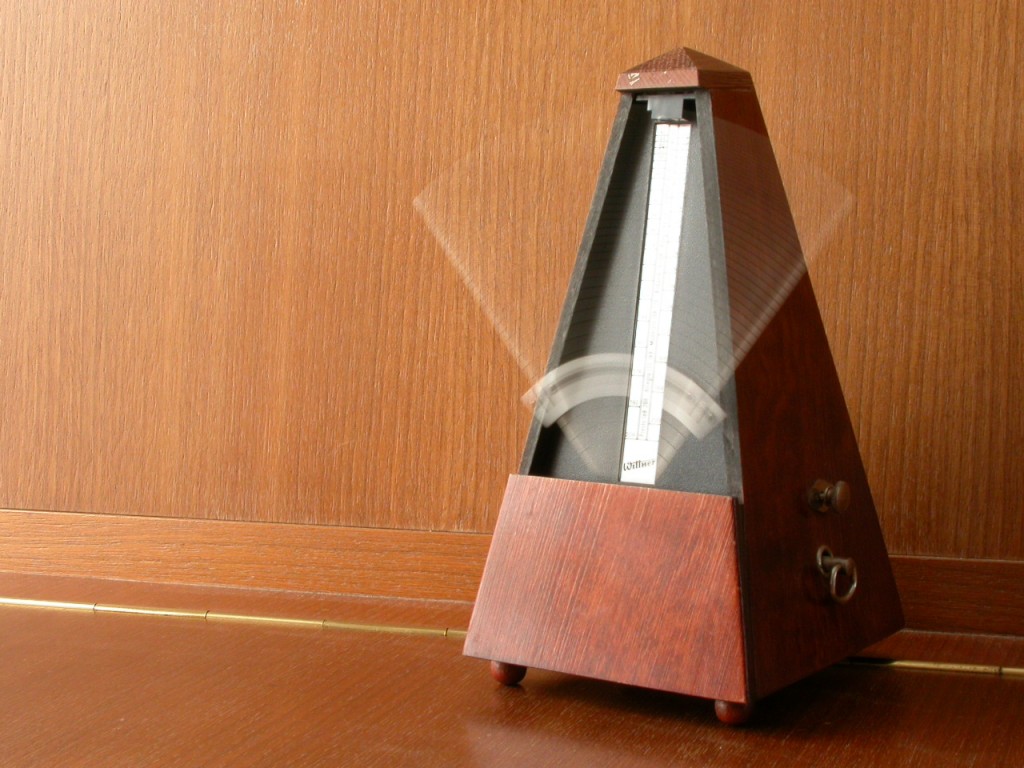
3. Start Slow
You have to learn to walk before you can learn to run! Always approach a new song or riff slowly at first. In many cases you need to train yourself to make the proper movements necessary to play it before you can attack it at full speed. It’s all about muscle memory – if your hands and fingers know what to do and in what order they should do them, everything will happen more naturally. A good way to keep track of your progress is by using a metronome. Set it to a slow pace and try playing the riff you’re working on. Once you can play it smoothly, increase the pace a bit. Rinse and repeat.
4. Record Yourself
When you’re focused on playing, sometimes it’s hard to hear what you actually sound like. One example is “rushing the beat” – it’s easy to play ahead of the beat and not even realize it until you hear a recording. Other times, you might not like your guitar tone if you heard it without playing it. When I listen to some of my older recordings, the guitar tone I had makes me gag! Think of it this way: to not go back and listen to what you’ve played would be like a painter not looking at a painting they’ve just finished. For them, it’s impossible. They can immediately see what they’ve created and decide if they like it, and what they can improve upon. We can get the same benefit, we just need to hit record!

5. Read
Countless books and articles have been written for guitar players by guitar players. If you’re looking for something specific, it’s most likely just a google search away. Simply knowing a variety of different chord shapes, for example is a great foundation for playing later on. If you love the way a certain artist plays and sounds, learn about them! Reading a biography of your favourite artist will help you understand where they’re coming from, and could give you a closer look into how they approach playing. You’ll also pick up on their influences and what they like to hear in a player, leading you to check out other players. Knowledge is power, after all!
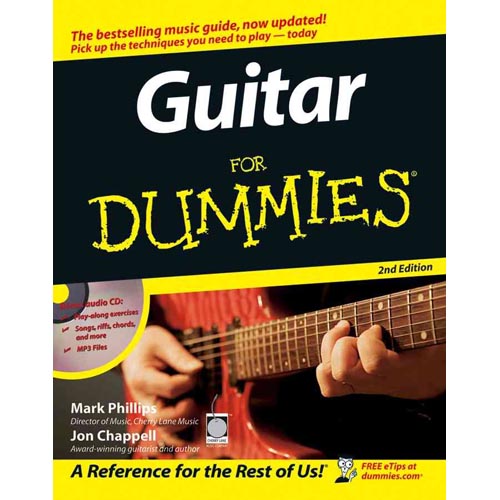
6. Sing Melodies
If you can hear a tune in your head, then you can recreate it on the guitar. Try to sing or hum what you want to hear before you play it, and then keep singing it as you play it. Ultimately, you want the guitar to be your voice. Using this method can help you learn intervals, and where they appear on the guitar neck without having to delve too deep into musical theory to know them.
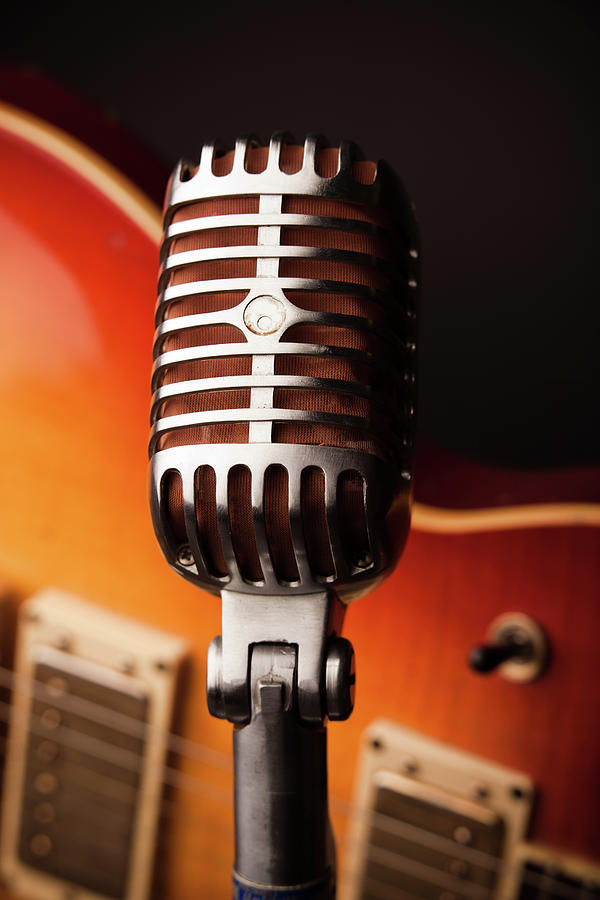
7. Learn the Fret board
To go along with tip #6, learning your fret board is the most important “theory” you can know as a guitar player. Knowing scales and their extensions, knowing where shapes and patterns occur / re-occur, and knowing how to get from one note to the other efficiently are all fantastic tools to have when structuring riffs and songs. Knowing what you want to play is a great start, but having a strong knowledge of how to make it happen is just as important.
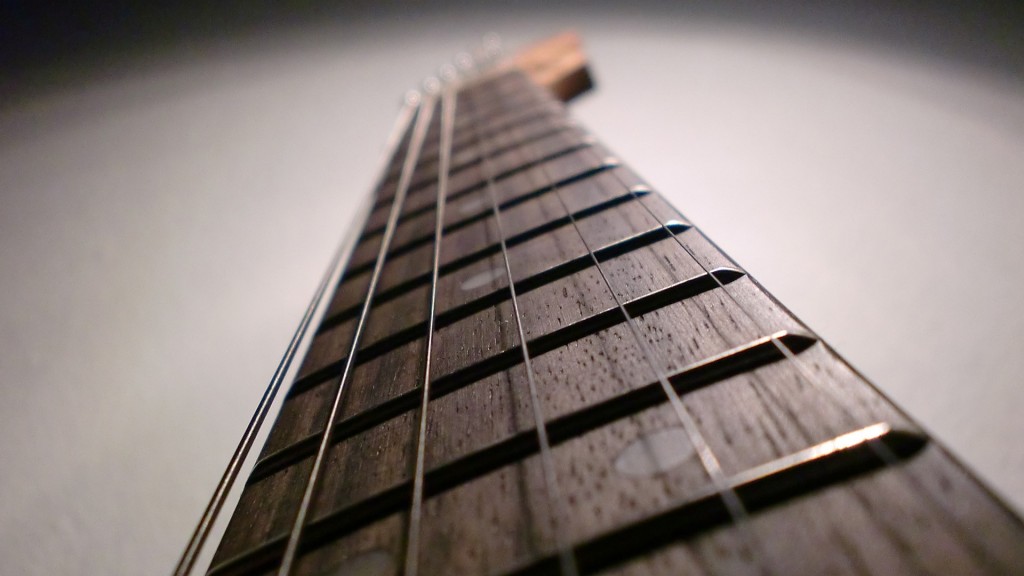
8. Train your Ears
Being able to hear a chord or riff and play it back is a great skill to have when it comes to learning songs and jamming with other musicians. The more songs you learn, and the more you play, you will by default pick up on similar patterns and ideas that re-appear all over the place. Instead of just reading and playing back a strumming pattern, try to really listen to a chord and associate it with a different song. For example, take the “C” and “G” chords and start strumming along with the verse to “Have You Ever Seen the Rain” by CCR. Stop the song, and play the two chords one after the other on your own. Now throw on “Hey Joe” by Jimi Hendrix. The first two chords here are also C and G, just set to a different tempo and pattern. Soon enough you’ll start to know what a “C” chord sounds like, then later on you’ll be able to tell if it’s a C in the open position or if it’s a barre chord.
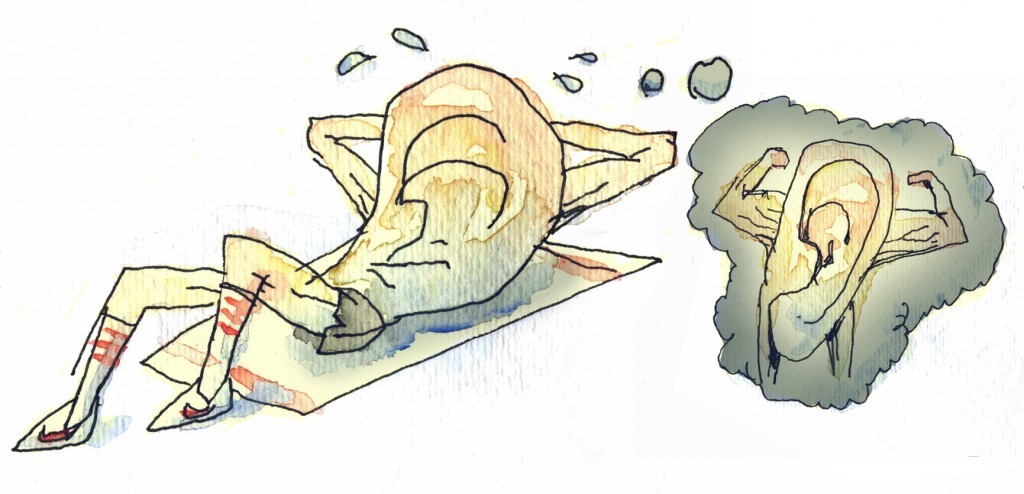
Image courtesy of www.easyeartraining.com
9. Experiment
It’s very easy to become comfortable with a guitar, playing style, or genre of music. Of course being comfortable is a good thing, but there’s a downside: you might lose some of the desire to progress as you begin to feel like you’ve already “conquered” it. If you want to truly learn something new, you have to try and put yourself in the same shoes you were in when you first picked up the guitar. Try learning a song that you would never see yourself listening to. Try listening to some music you’ve never heard before. Your musical mind subconsciously absorbs anything you put into it, and it will come out in your playing and song writing whether you want it to or not!
Aside from that, you can try playing another similar instrument. Twelve string guitars, bass guitars, baritone guitars, tenor guitars, and mandolins are all examples of stringed instruments that bear a lot of resemblance to the 6-string you’re used to. That said, there’s enough that’s different about them that you will be forced to play differently, consequently teaching you something new.
10. Emulate
Before you ever picked up the guitar, something or someone inspired you to play music. There are hundreds of thousands of artists out there now, each of whom could be inspiring someone else to play the guitar. The reason is because there’s something about the way they play or the music they make that makes people just want to do what they’re doing. By “emulating” these players; learning their riffs, note choices, play style etc. you can pick up on things that separate different guitarists from each other. Everyone has a certain “something” about the way they play, and through identifying what that thing is in other players, you’ll figure out what it is about your playing that makes you unique.
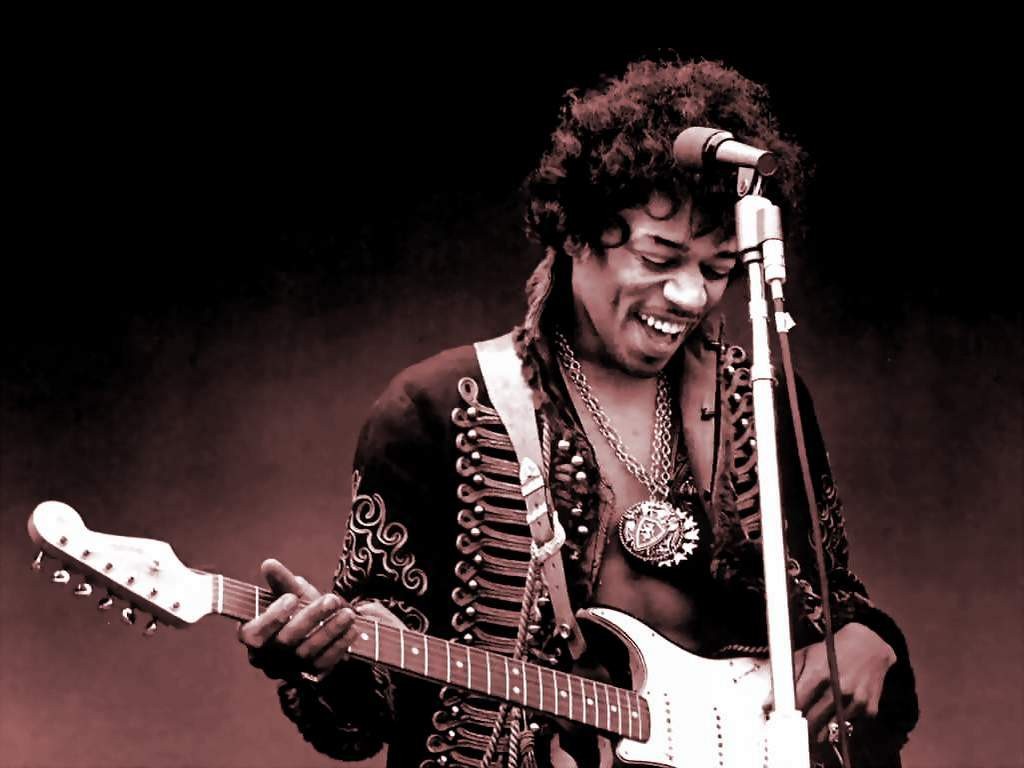
Happy playing!


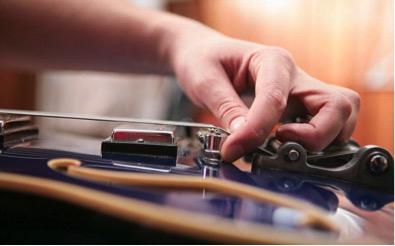
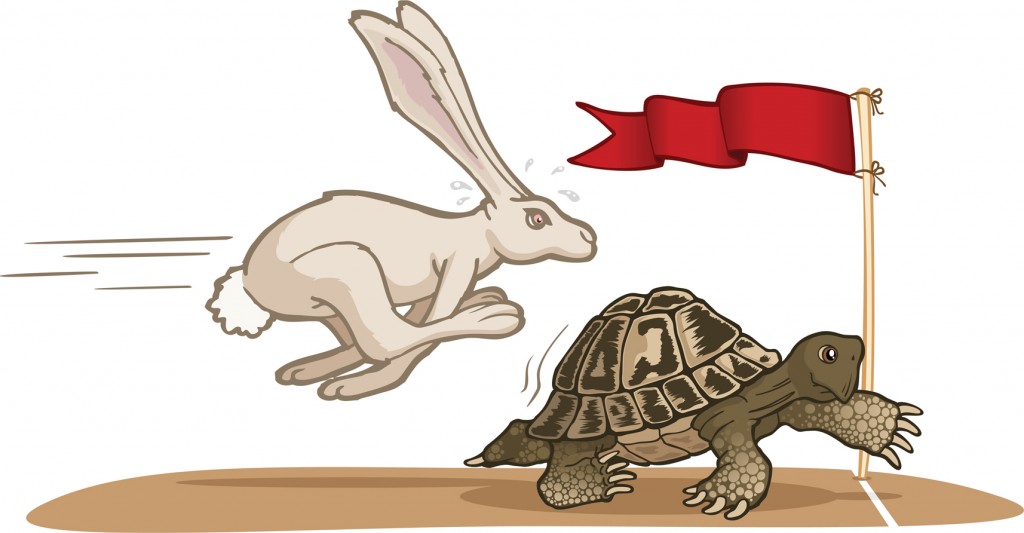
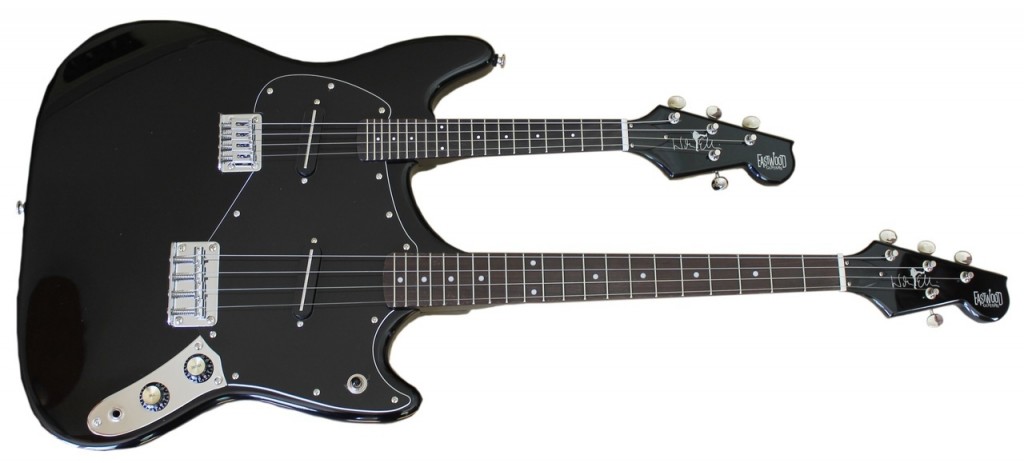
I saw a bit of myself in this article,the part about a Plateau,I’ve been on one for quite awhile now,but I don’t have the drive to learn like I first did.Now at the age of sixty two,my guitar is the first thing I grab in the morning,and usually stays there a lot of the day.Why I don’t use this time to better myself,is something that I can’t answer.